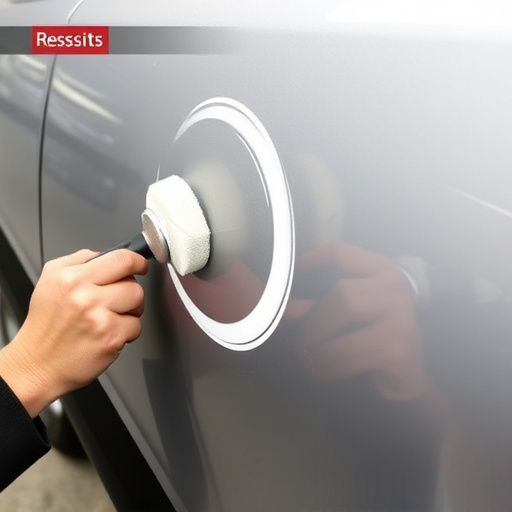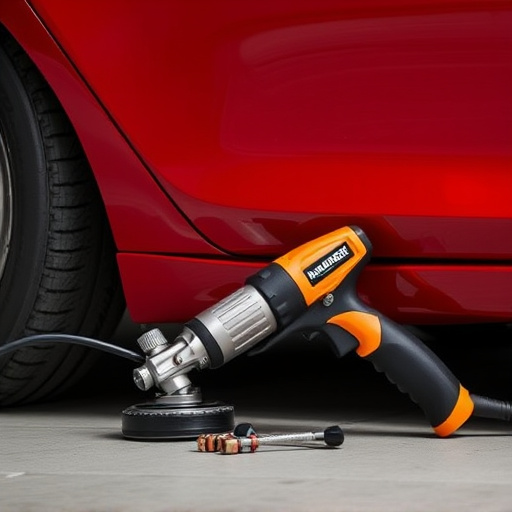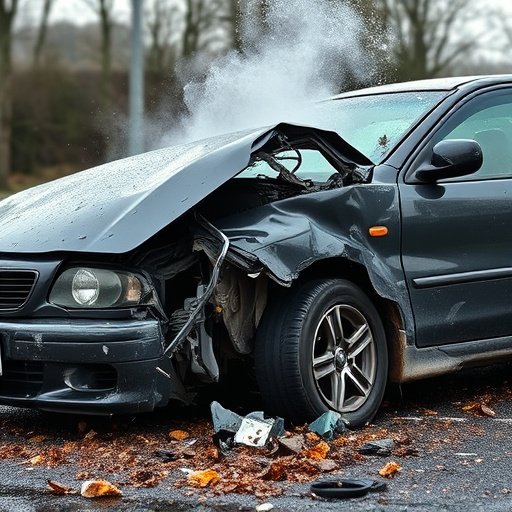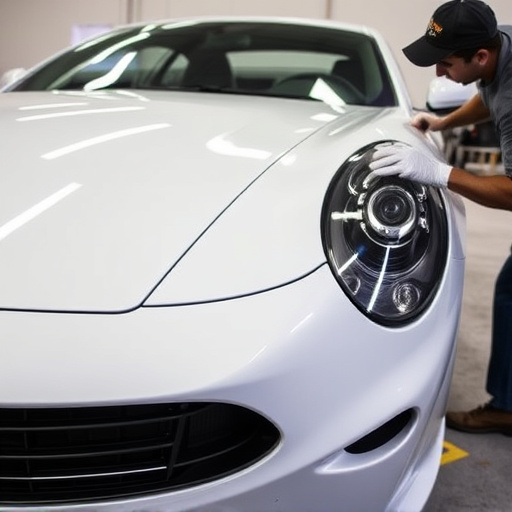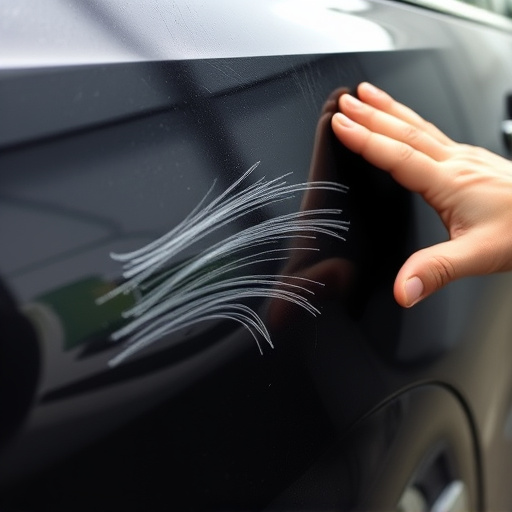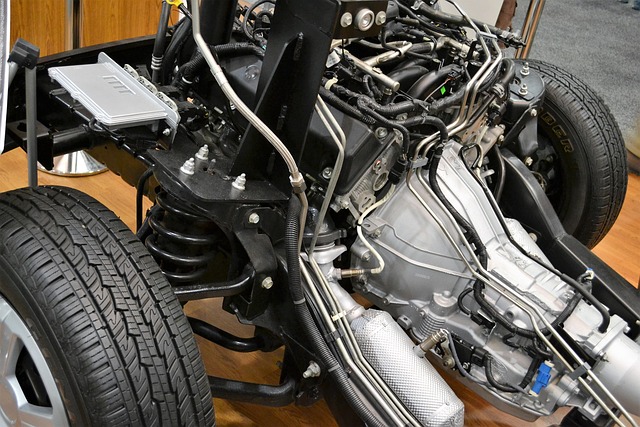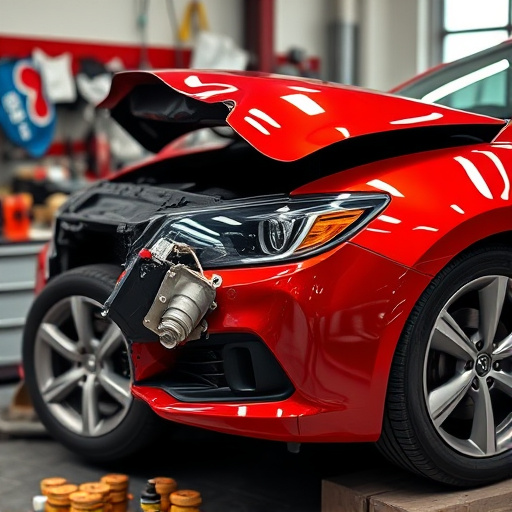Radiator replacement accidents pose significant risks in the automotive sector, highlighting the need for data analysis to reveal root causes and recurring patterns. By understanding specific issues like leaks, heat buildup, and complete failures, auto body repair shops can optimize procedures, improve service quality, mitigate safety hazards, and enhance customer satisfaction. Analyzing this data not only streamlines radiator replacements but also expands diagnostic capabilities and training for technicians, ultimately benefiting customers with comprehensive collision repair solutions.
Radiator replacement accidents represent a significant concern in automotive service centers, impacting both customer safety and satisfaction. This article explores how analyzing data from such incidents can transform service quality. We delve into understanding the root causes of these accidents, employing advanced analytics to identify trends and areas for improvement. Additionally, we present strategies focused on enhancing customer experience, ensuring safer and more efficient radiator replacement processes. By leveraging data, service centers can become proactive in mitigating risks and delivering superior automotive care.
- Understanding Radiator Replacement Accidents
- Data Analysis for Service Enhancement
- Strategies to Improve Customer Experience
Understanding Radiator Replacement Accidents
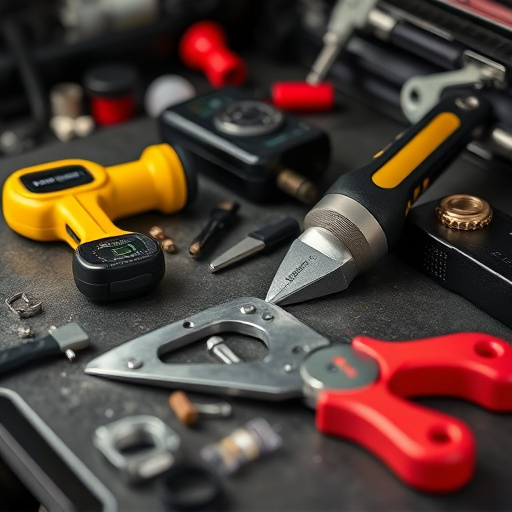
Radiator replacement accidents are a significant concern in the automotive industry, often stemming from various factors such as manufacturing defects, component failure, or improper installation during initial auto body repair or automotive restoration processes. These incidents can have severe consequences, leading to vehicle damage, safety hazards, and even personal injuries. By thoroughly analyzing data related to these accidents, service providers can gain valuable insights into the root causes and identify patterns that contribute to this issue.
Understanding radiator replacement accidents involves delving into specific scenarios where cars, after undergoing repairs or restoration, experience problems with their radiators. This may include leaks, excessive heat buildup, or complete failure of the radiator system. By collecting and studying such data, auto body repair shops can refine their procedures, ensuring that replacements are done accurately and consistently. As a result, they can enhance service quality, mitigate potential risks, and provide customers with safer and more reliable vehicles.
Data Analysis for Service Enhancement

Analyzing data from radiator replacement accidents can offer valuable insights for enhancing service quality in automotive repair shops. By studying these incidents, collision repair experts can identify common patterns and potential areas of improvement. For instance, understanding the specific models and makes of vehicles most prone to radiator leaks or failures can guide better inventory management and parts availability. This proactive approach ensures that when a customer brings in their car for radiator replacement, the shop is equipped with the necessary tools and expertise to handle the job efficiently.
Furthermore, data analysis can reveal trends in service quality issues beyond just radiators. It may highlight recurring problems related to other essential components, such as the cooling system or engine parts. This knowledge prompts automotive repair shops to expand their diagnostic capabilities and train technicians on a broader range of services, including specialized car paint services for repairs that require meticulous finishing. As a result, customers benefit from more comprehensive and effective collision repair solutions.
Strategies to Improve Customer Experience

To enhance customer experience and satisfaction, auto service centers can implement several strategies leveraging data from radiator replacement accidents and other related repairs, such as bumper repair and classic car restoration. Firstly, analyzing patterns in common causes of radiator failures can help streamline diagnostic processes, reducing time spent on assessments and enabling technicians to provide faster turnarounds. This efficiency is crucial for customers, especially those with tight schedules or long commutes.
Secondly, data-driven insights into successful radiator replacement techniques and part choices can be shared with clients, empowering them to make informed decisions about their vehicle’s maintenance. Moreover, understanding the extent of car damage repair required due to radiator accidents can help centers optimize their resources, ensuring they have the necessary tools and expertise in place for a wide range of repairs, from minor bumper fixes to more intricate classic car restoration projects.
By leveraging data from radiator replacement accidents, service providers can identify recurring issues and implement targeted improvements. This proactive approach, grounded in thorough analysis of incident reports and customer feedback, fosters enhanced service quality. Through strategic adjustments inspired by this insights-driven process, businesses aim to deliver safer, more efficient radiator replacement services, ultimately elevating the customer experience.
